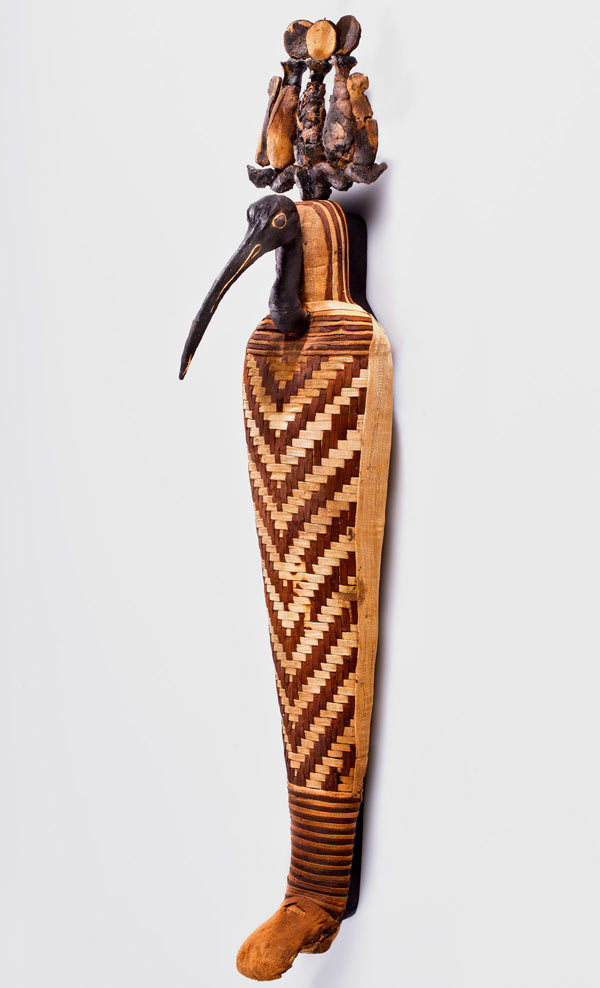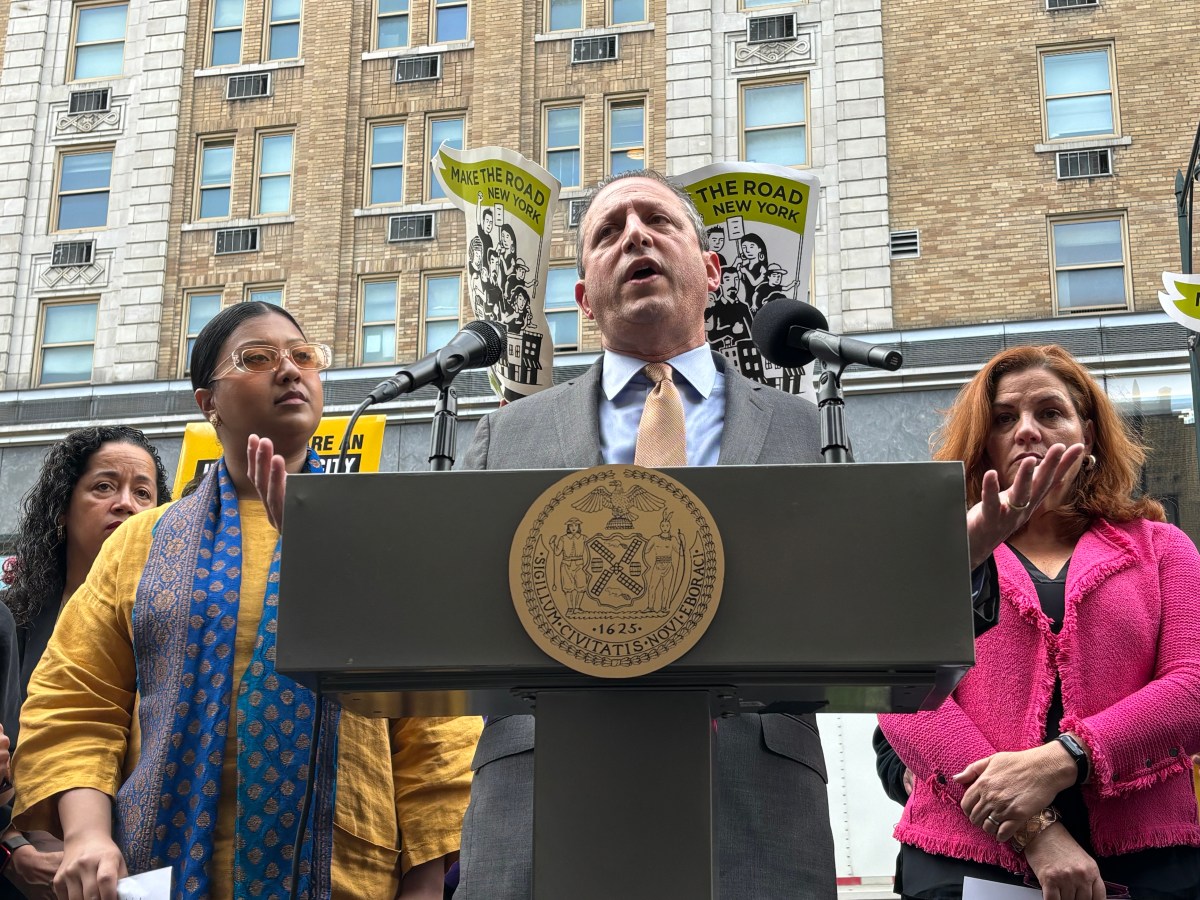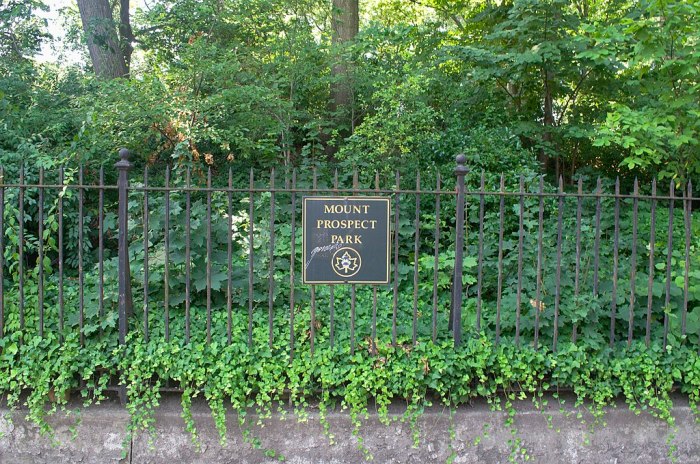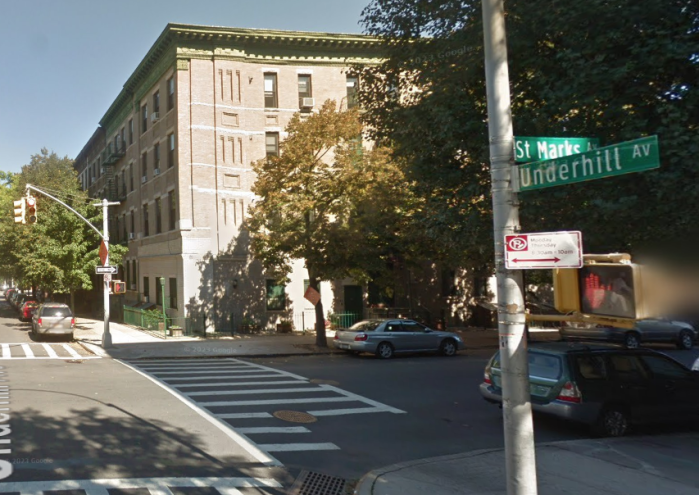The animals are out of their graves!
A new exhibit at the Brooklyn Museum showcases the mummies of birds, cats, dogs, snakes, and other animals that have long been buried in the museum’s archives. “Soulful Creatures: Animal Mummies in Ancient Egypt” displays 30 linen-wrapped critters excavated from different Egyptian cemeteries, where they are the most common artifacts to be unearthed, according to a curator.
“There were literally millions and millions of animal mummies,” said Edward Bleiberg, who is in charge of the Brooklyn Museum’s Egyptian art collection.
The exhibit contains never-before-viewed Egyptian antiquities, part of a large collection of artifacts purchased by the museum in 1937. The artwork went on display immediately, but the animal mummies were kept in storage, unrecorded, until a curatorial assistant dug through the boxes in 2000 and discovered the animal mummies in the museum’s possession.
“Soulful Creatures” concentrates on the most popular type of mummies: preserved ibis and cat corpses used as offerings to the gods.
But X-rays that accompany most of the mummies reveal that some of the contents are either incomplete or fake, with shoddy shrew bones standing in for kitty skeletons, or only partial remains wrapped up inside the figure. Associate curator Yekaterina Barbash said that she was surprised that so many mummy contents did not match the shape outside — for instance, one case displays an intricately sculpted sarcophagus resembling an ibis, but the coffin is almost empty.
“It’s a beautiful object, so when I saw it, I expected it would contain a beautifully preserved ibis mummy, but our scans show that it has exactly one bone and many, many feathers,” said Barbash.
The missing mummy bones may be the result of fraud or cutting corners on the part of the embalmers, said Bleiberg.
“This was a huge industry within Egypt with lots of money at stake,” he said. “Whenever there’s money at stake in the ancient world, the possibility of corruption exists.”
But the exceptions might also have been motivated by religious reasons, said Barbash.
“Perhaps the Egyptians valued the idea of one shape and believed that could enhance the worshipper’s experience of getting their message to the gods,” she said.
The museum will host a special screening of the 1932 film “The Mummy” on Oct. 12, followed by a tour led by Bleiberg. The exhibit will be on display through Jan. 21.
“Soulful Creatures: Animal Mummies in Ancient Egypt” at Brooklyn Museum [200 Eastern Pkwy. at Washington Avenue in Prospect Heights, (718) 638–5000, www.brook























